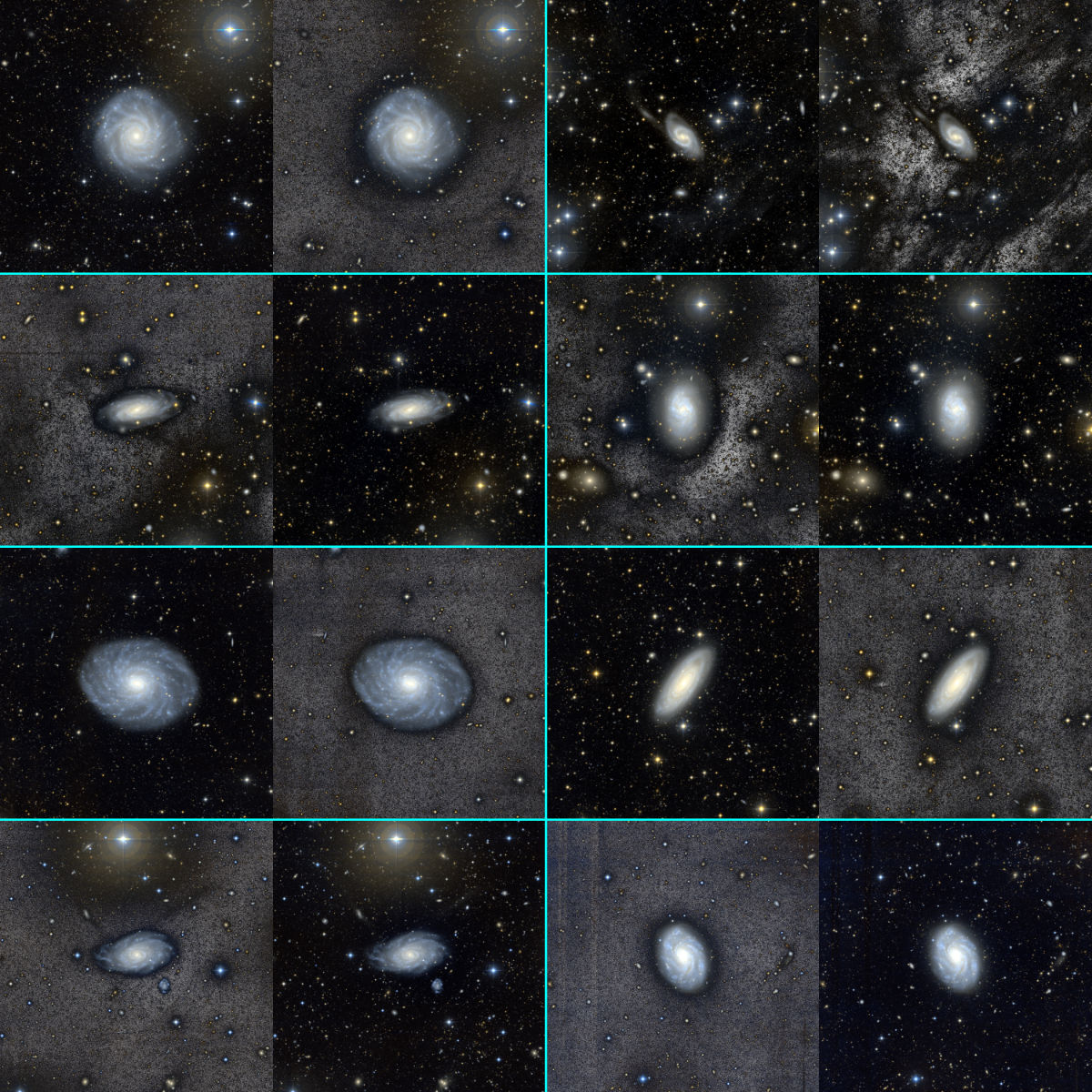Home
BEARD
Bulgeless Evolution And the Rise of Discs (BEARD) is an international effort for explaining the formation and survival of Milky Way-like galaxies in a Universe dominated by Cold Dark Matter (CDM).
At the heart of BEARD, you will find multi-mode observations for a volume-limited sample of 54 massive disc galaxies in the local Universe. Like our Milky Way, BEARD galaxies are bulgeless: they host a central stellar bulge that accounts for less than 10% of the total galaxy light or less than 8% the mass of their main stellar discs. Such condition represents a challenge for the standard hierarchical CDM model, in which galaxies are shaped through mergers prone to the destruction of fragile thin structures (discs).
BEARD does not only provide the observational point of view of this scientific problem. BEARD experts in numerical simulations are digging deeper into the physical conditions under which Milky Way-like galaxies are formed, thus putting cosmological context to the observational results.
Partly funded by the Spanish Ministry of Science and Innovation (MICINN) through the CoBEARD grant (PID2021-128131NB-I00), awarded to Dr. J. Méndez-Abreu and Dr. A. de Lorenzo-Cáceres, the core of the BEARD data were obtained through two International Time Programmes of the CCI (International Scientific Committee of the Observatorios de Canarias of the IAC) with the GTC, WHT, INT, LT, and TNG telescopes operated on the Observatorio del Roque de los Muchachos (La Palma).
We invite you to navigate through this webpage and discover all kinds of details about the BEARD science, sample, observations, latest results, and people behind the project. Moreover, if you speak Spanish, you are welcome to visit our Outreach section where BEARD is explained at different levels in appealing formats such as videos or comics!

From left to right and from top to bottom: NGC3938, NGC2543, NGC1090, NGC1087, NGC3486, NGC7606, NGC3614 and NGC3810.
Credit: J. Román and C. Marrero de la Rosa.